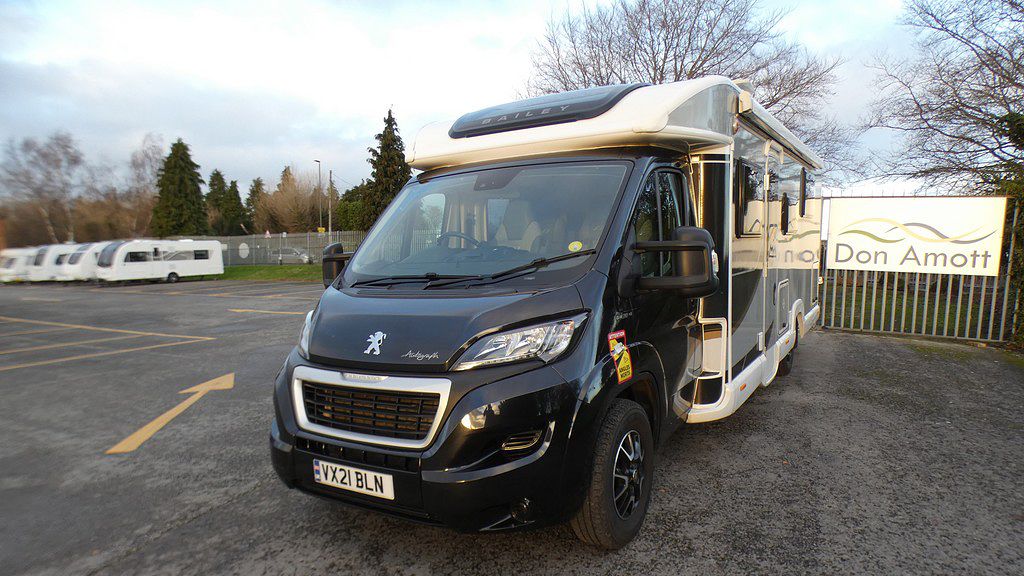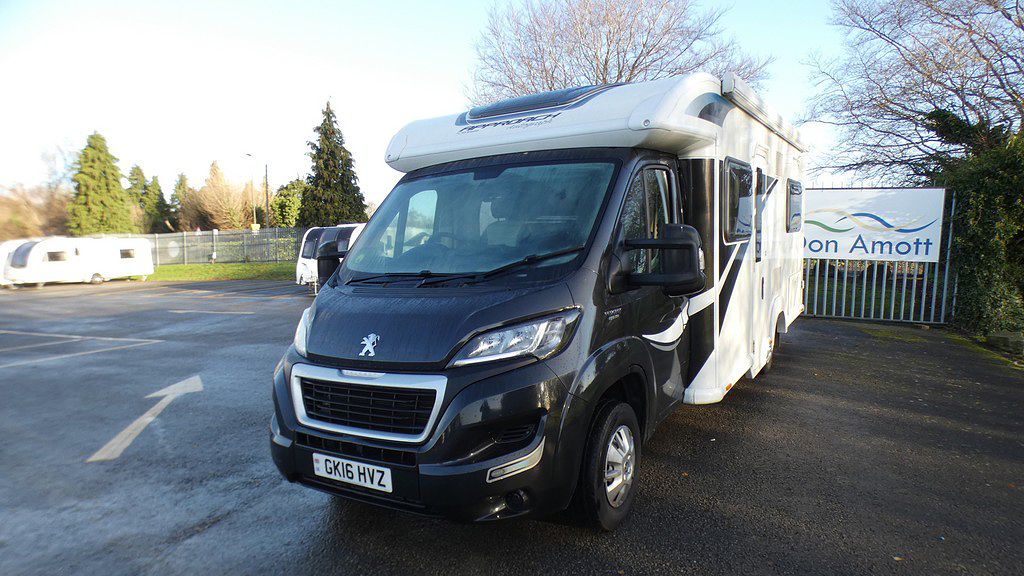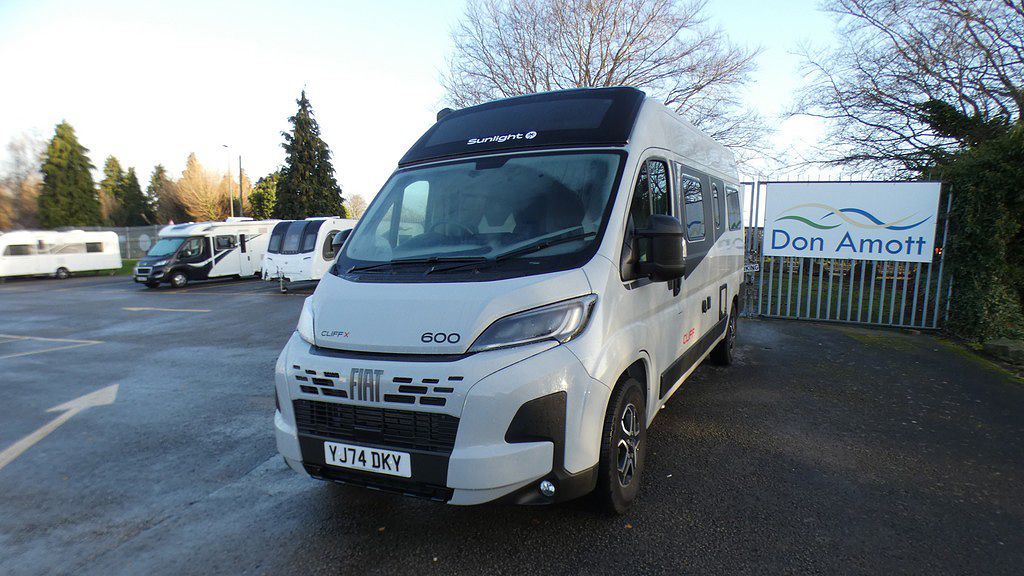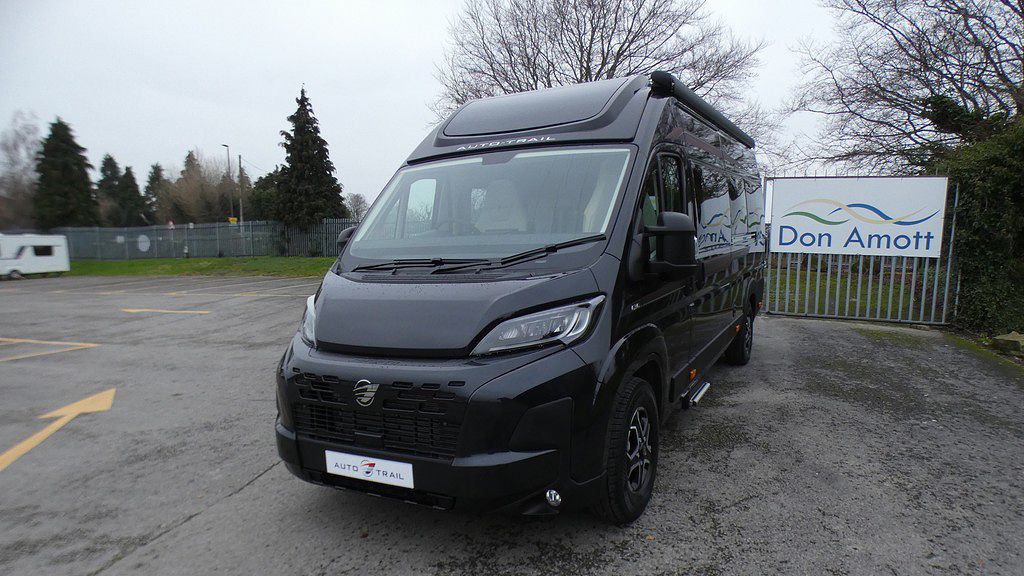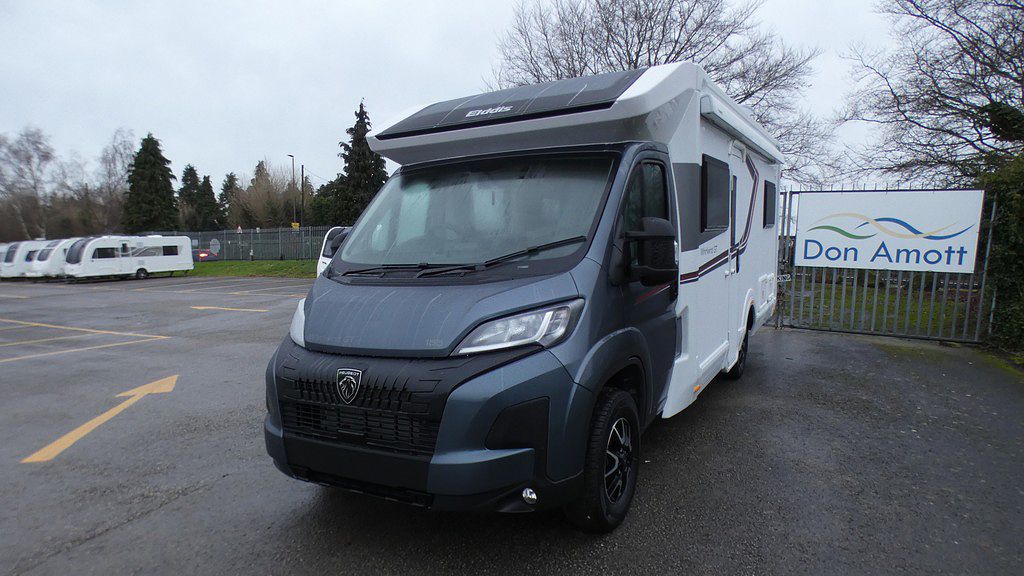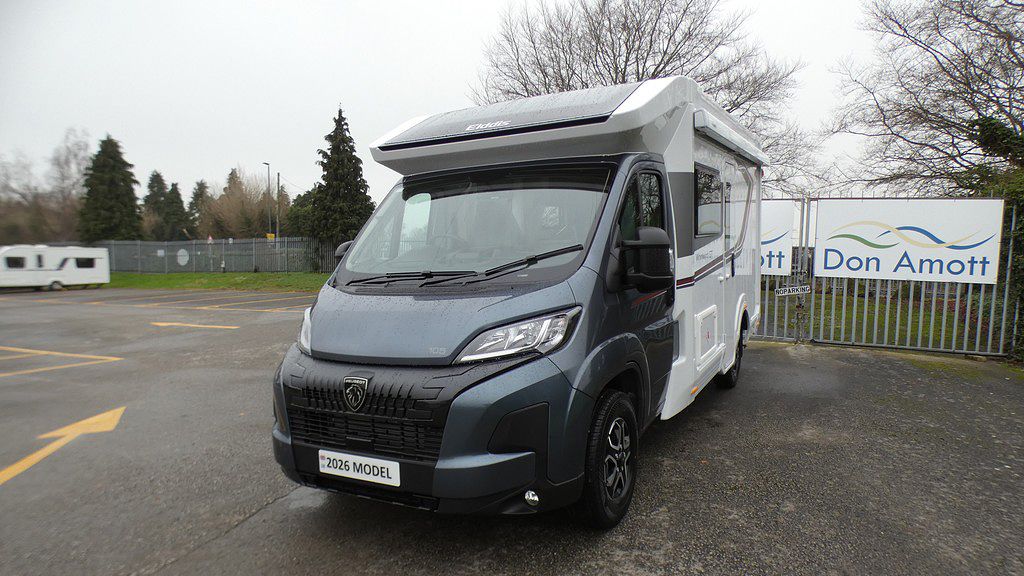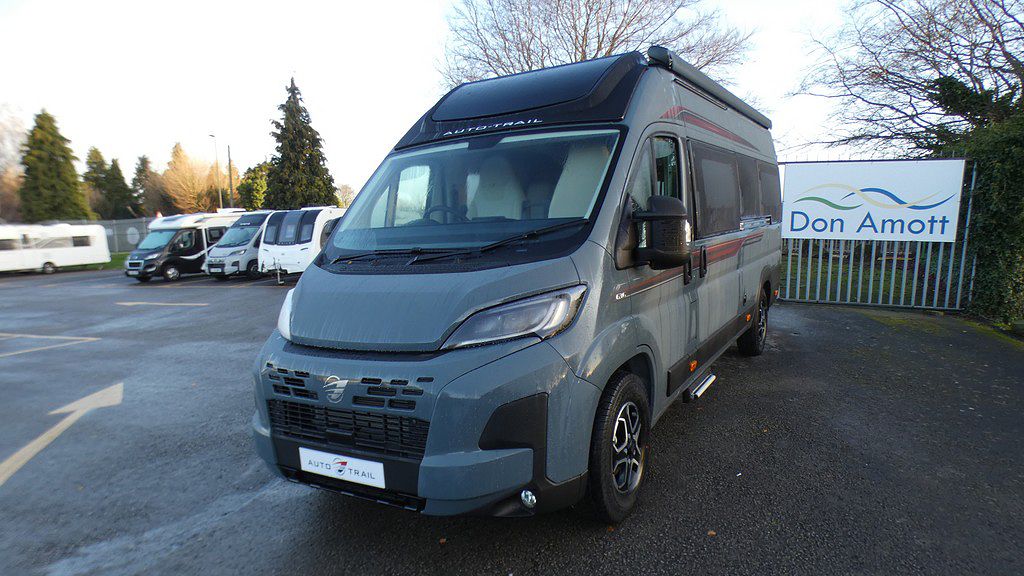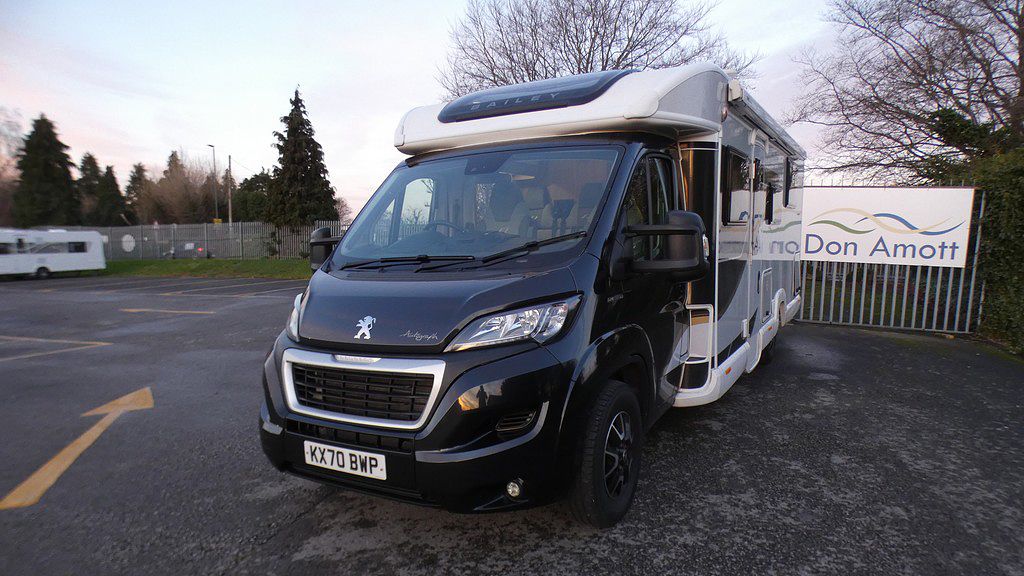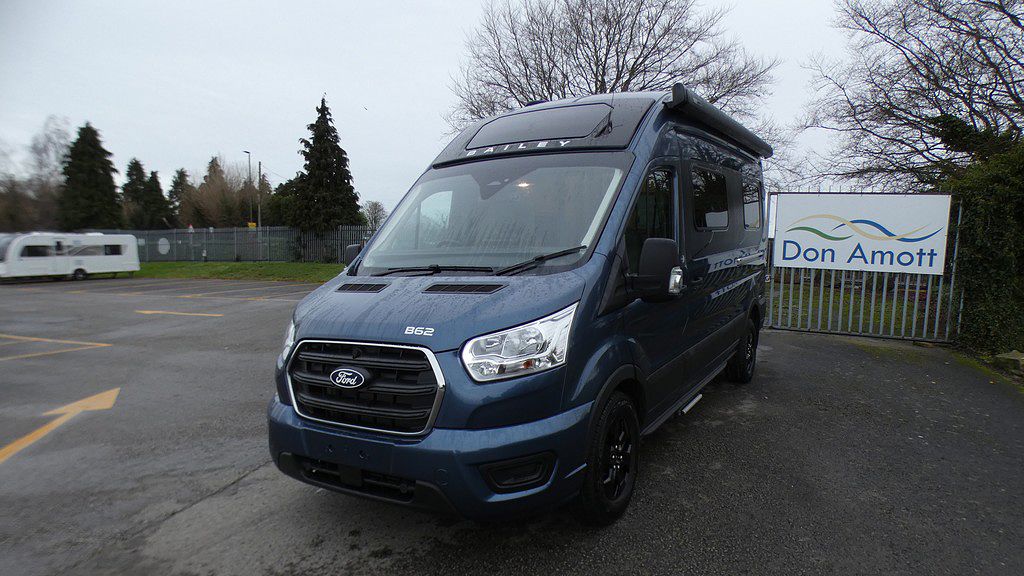Comprehensive Guide to Motorhome Layouts
4 minutes well spent
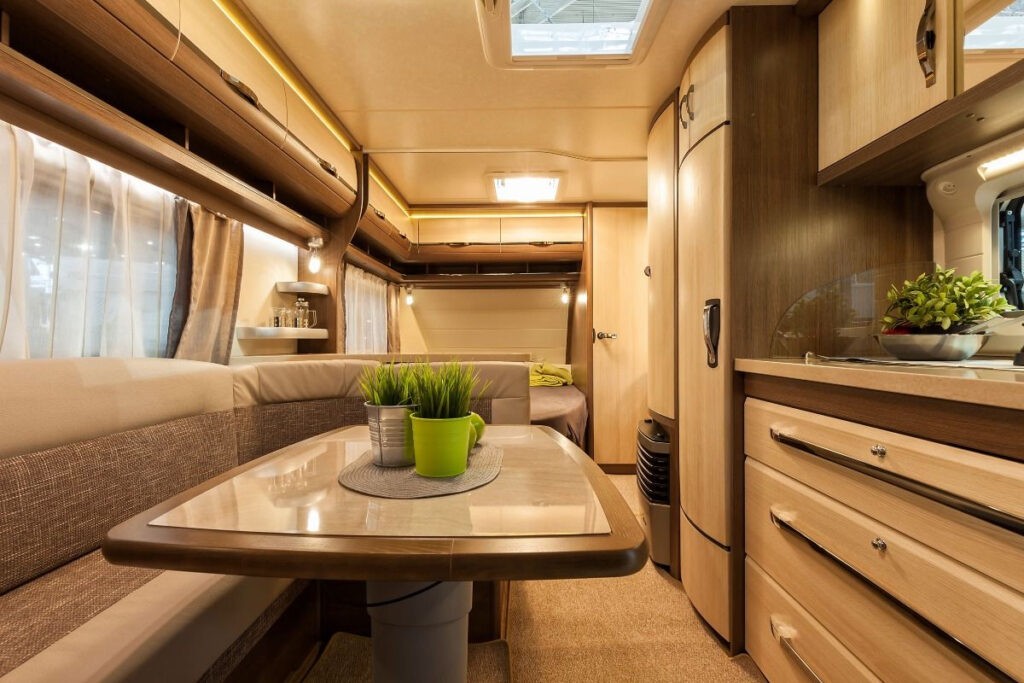
One of the things that is immediately apparent when you’re shopping for a new (or new to you) motorhome is the array of layouts available across all of the models by all of the brands. Though motorhomes are generally an ‘if it ain’t broke’ design and there is much that is very similar, there are differences – and so it’s important to find that special something which will enhance your enjoyment of life on the road. Not just the various fixtures and fittings themselves, but the way they are laid out to make your way of living that bit more manageable. Practicality is key, of course, but aesthetics are also important.
The layout of a motorhome is very important as, when you are browsing, the overall impression you get of a particular model will be highly influenced by this space. Your impression of the floor plan (another name for the layout) can be the difference between immediately liking a motorhome and not getting a good feel from it. You must feel comfortable in the space the interior offers, as you will hopefully be spending a lot of time in there and you will need that time to be filled with convenience and comfort. It’s a decision you don’t want to get wrong – so it’s worth taking some time to consider how the motorhome you’re thinking of buying will match up with your way of living.
The floor plans of motorhomes are usually dictated by the way the sleeping arrangements are set up. Designers don’t dream up amazing layouts and then try and cram a bed in somewhere – they work holistically, with the overall layout in mind at all times. Often, they will position beds and then work out the very best layout from the remaining available space – and each type of bed offers different options for layout design.
1. Island Bed Motorhomes
First of all, an island bed is a permanently fixed double bed which is usually sited at the rear of the vehicle, and often in an area which is enclosed or partially enclosed (so potentially offering a ‘proper bedroom’ vibe). An island bed is more or less like your double bed at home, with access easily available to both sides of it. The island bed motorhomes have beds of a typical overall length of 7 – 7.5 feet (with, perhaps, an extending / retractable portion to complete this length but save some space when the bed is not in use). More compact motorhomes with two or four berths may have slightly shorter beds.
2. French Bed Motorhomes
This is a fixed double bed running lengthways along one side of the motorhome, almost ‘tucked in’, and accessible from the bottom corner. Most French bed motorhomes have the are at the rear of the vehicle alongside the washroom (or a wardrobe / cupboard). This means that the balance between the width of the bed and the width of the washroom has to be carefully considered by designers. This sort of design is most commonly seen in low-profile motorhomes.
3. Transverse Bed Motorhomes
This type of bed is sited at the rear and runs from one side of the motorhome to the other. Transverse beds are typically more than two metres in length (in coachbuilts) and, due to their orientation, they ‘free up’ more interior space for the other fixtures and fittings. Transverse beds are positioned above the motorhome’s garage or large locker area, so make the most of the space and offer great storage.
4. Single Bed Motorhomes
There are, typically, two types of single bed layout motorhome. The first is models with single beds at the rear, running down the sides of the vehicle. These will also sometimes be convertible to a double using a centre infill. The second type of twin bed motorhomes layout is with the washroom across the rear of the vehicle and two low beds placed immediately forward of it. This layout is great for couples as access to the bathroom is through the ‘bedroom’, offering an almost ‘ensuite’ feel.
5. Bunk Bed Motorhomes
Motorhomes with a bunk bed layout offer plenty of cheer for family travellers. The bunk beds themselves are typically transverse across the rear of the vehicle, thought there are some bunk bed motorhomes which have them positioned lengthways along one side. Often, the bottom bunk can be folded up to create locker space, offering additional storage. Some bunks will have a window each, which adds to the quality feel of this kind of bed.
6. Drop Down Bed Motorhomes
Additionally, drop-down bed motorhomes offer a different type of experience and can be utilised by manufacturers to completely maximise the practicalities of the available space. This is a type of double bed which, quite literally, drops down from a storage position up near the ceiling of the social space. The ultimate convenience – and a great way to get even more value for your money!
As we said at the start of this edition of our blog, it’s always worth carefully considering how the layout of your motorhome will impact your way of living. It’s no good, for instance, buying a vehicle with a layout which is totally inappropriate for family life.
Work out who will be in the motorhome, where they will sleep, and how much the interior will be used. If you are intending to spend the maximum amount of your holiday time actually in the vehicle, then perhaps a drop-down bed is a great option for you. If you require the maximum amount of privacy at night, then perhaps an island bed layout is right. Now, armed with the information we’ve provided here about how the different sleeping arrangements can impact the layout of a motorhome, you should be able to establish what is going to work best for you, and narrow down your choice from there!

